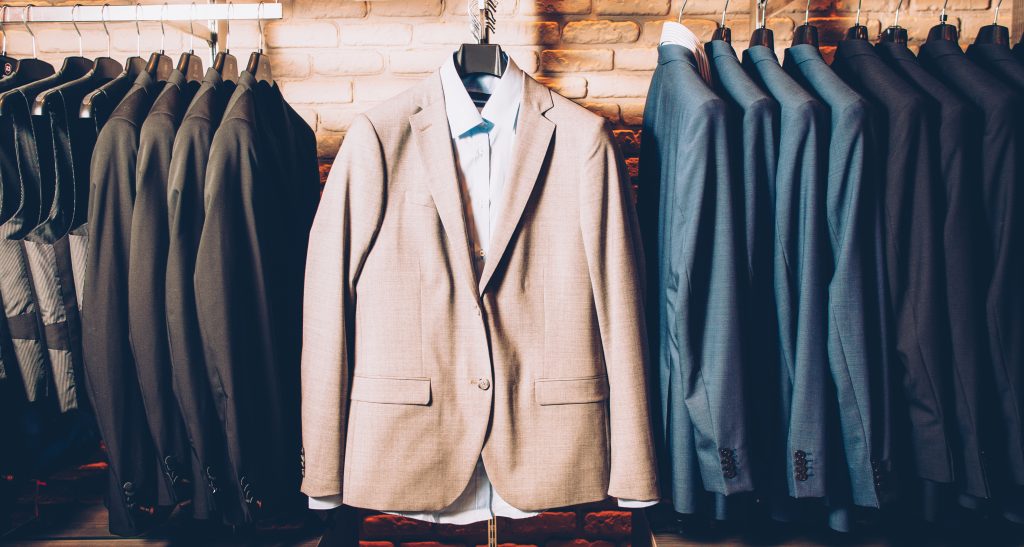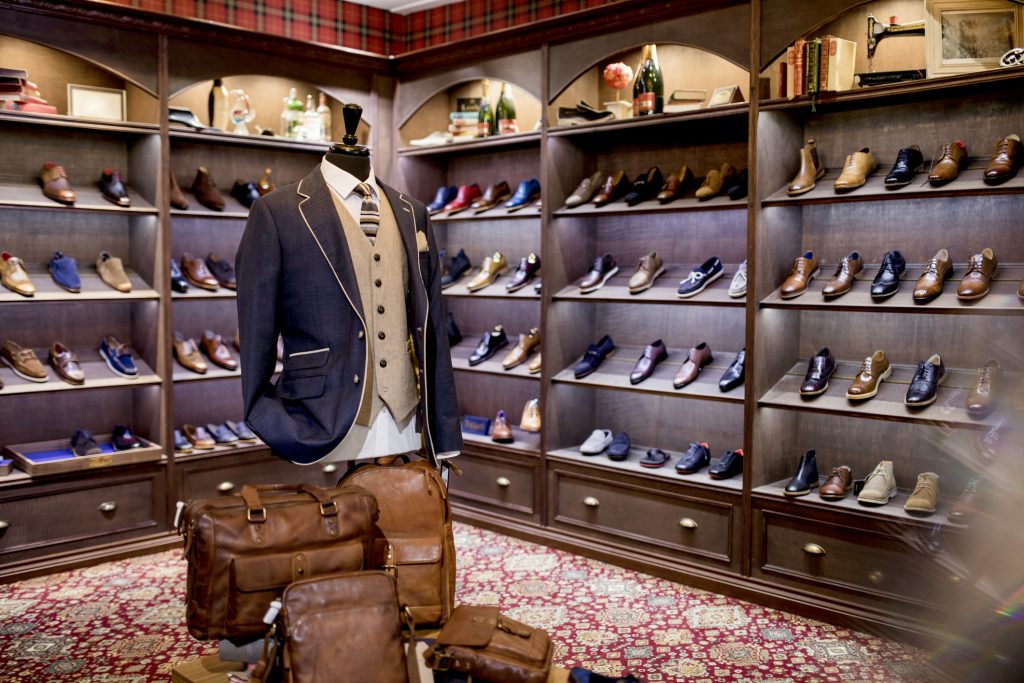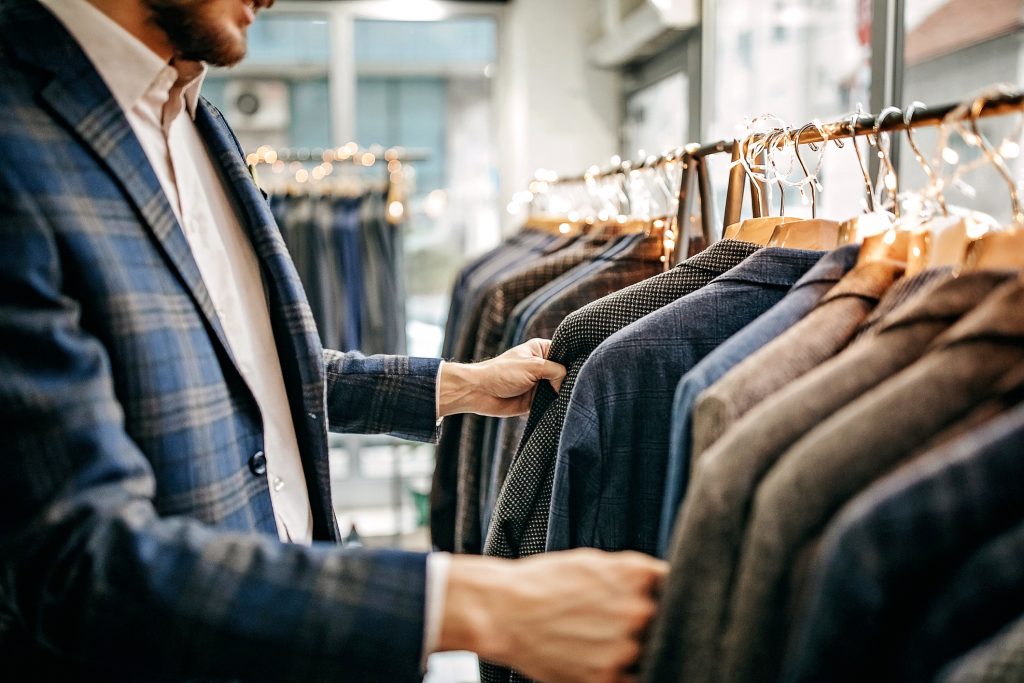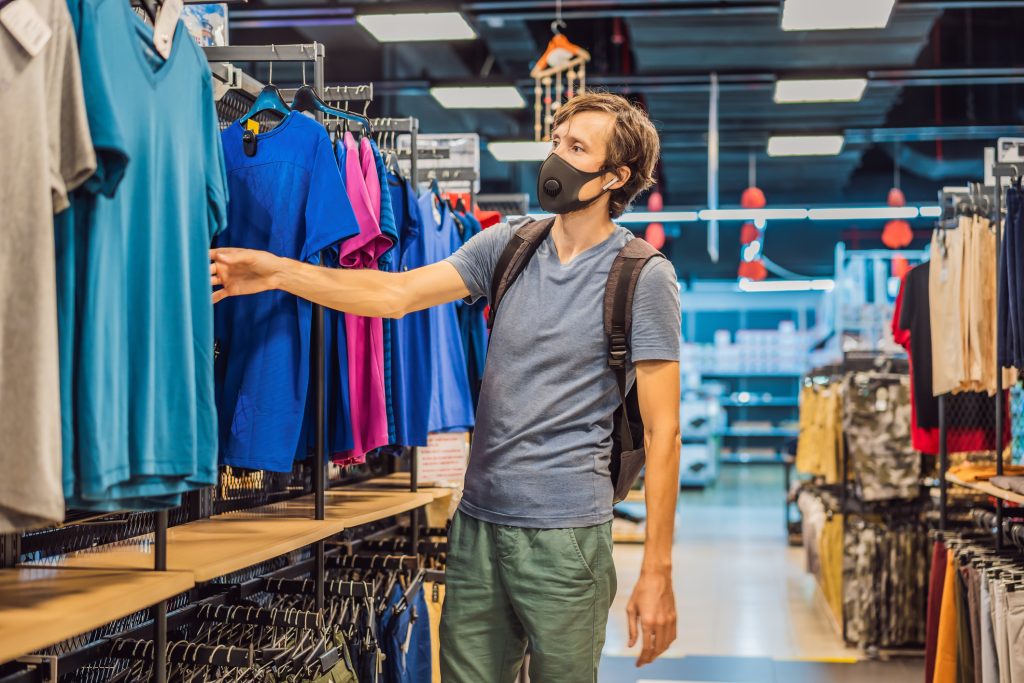SPECIALTY STORE STUDY: A LONG AND WINDING ROAD


A recent survey conducted by MR of two dozen top independent specialty stores (many of whom requested anonymity) shows some light at the end of the tunnel, much optimism about eventual recovery, but also some doubt about a return to normalcy this year.
A good 90 percent of surveyed retailers reported year-to-date sales declines (vs 2019) between 20 and 80 percent, with the average at 55 percent. Just one merchant in our sample reported sales increases, specifically two percent gains with this explanation: his average sale is down 10 percent due to a notable drop in tailored clothing but unit sales are up 13 percent thanks to healthy sportswear business. (This is a Florida retailer with multiple stores in affluent areas and an anti-lockdown governor.)
Surprisingly, half the merchants we queried do not yet do e-commerce although several were working on it when the pandemic hit. None do more than 5 percent of their business online, noting that while e-commerce might drive customers into stores, their upscale clients show little interest in actually purchasing online. That said, several acknowledge the importance of building an e-commerce platform for the future and say they’ll make the investment once there’s money available to do so. (One respondent confides he’s working on a partnership with some already-online sellers who will create and take full responsibility for his site.)

One widespread problem with building an e-commerce business was well expressed by Alan Au from Jimmy Au’s in Sherman Oaks, California. “Our in-store assortment has always been about variety: more styles in lesser quantities. To launch online, one needs fewer styles in greater quantities. We tried to go online ten years ago only to discover many customers ordering multiple sizes and returning those that didn’t fit, leaving us 30-day windows of not knowing our actual sales, and less fashion on the floor when we needed it.”
Clearly, the most dramatic shift in business since the pandemic (but starting well before) has been the decline in tailored clothing, a category that still averages 40 percent to total menswear volume in upscale independents, ranging from 8 percent to 70 percent according to store. (Made-to-measure is a growing percentage of tailored clothing business, according to most respondents.) One merchant who had been doing 16 percent in tailored clothing in 2019 is now doing 11; another was doing 50 percent and is now doing 8. But on the bright side, more than half of our surveyed retailers say they’re seeing an uptick in recent weeks. Wedding, proms, graduations, bar mitzvahs, and other celebrations are on this year’s calendar in most states. Some merchants noted that having in-house tailors has been an advantage during the pandemic, since customers have either gained or lost weight, either overeating or over-exercising thanks to more time at home. In New Orleans, Kenny Rubenstein from Rubenstein’s, where tailored clothing is 40 percent of the mix, says suits have done better than expected, sportcoats are down 5 percent and MTM ($795-$2,700 retails) is up 125 percent! (And this with no boost yet from tourism/conventions.)
Asked about staffing, most stores have cut back slightly on sellers and a bit more on tailors. On keeping their employees motivated while earning less money, most say it hasn’t been a problem, that associates understand the urgency of the situation. Rick and Jim Penn at Puritan Cape Cod in Massachusetts believe the key is constant communication. “We let everyone know that the pandemic is a speedbump, not a roadblock. With the vaccines, there’s light at the end of the tunnel.” Puritan also holds virtual after-hour events with employees that have been well received.

Craig DeLongy of John Craig stores in Florida gives sellers regular incentives on various categories (sportcoats, gift cards) at various times. He regularly acknowledges good work by team members and names an Associate of the Month in their Dapper Digest. His daughter Blair initiates frequent sales contests that serve to inspire and motivate the team.
Bruce Liles from Liles Clothing Studio in Raleigh, North Carolina has not yet returned to big gatherings or trunk shows but actively creates and promotes his store’s cocktail culture, i.e. 1-on-1 appointments that involve serving drinks and spinning records. Attracting younger clients is another goal Liles is pursuing. “We’re bringing in well-priced MTM clothing from a private label maker to accommodate younger guys with lower budgets. But mostly, we believe in fashion that’s somewhere between clothing and sportswear: soft jackets, safari styles, washable wool, vintage-looking knits. We need to pay attention to every nuance and turn on a dime. But we also need to control inventory, to find that exact spot between not enough and too much. We want to leave customers hungry but not starving…”
An important skill that retailers have been forced to acquire in the reinvention process: the ability to pivot. Or as Scott Shapiro from Syd Jerome in Chicago, Illinois puts it, “My knees hurt from all the pivoting! From producing masks using Ferretti silks to discovering new brands for hoodies and sweatpants, these new categories will likely remain part of our mix, but we can’t give up tailored clothing, the essence of who we are.”

A widespread problem that surveyed retailers noted emphatically: erratic deliveries. Wrote Alan Au, “We are a size-specific specialty store (for guys 5’8’’ and under) and cannot simply react to the pandemic by ordering less or using vendor in-stock programs. I still have to buy 6-12 months in advance and commit to minimums in order to get what I need. There are still supply disruptions from Europe and Asia, even fall goods not yet off-loaded from cargo ships. (Not much talked about in the news…)”
Other retailers confided that certain brands are not shipping because they haven’t been paid. “I realize some of our vendors are in worse shape than we are,” noted one respondent. “They’re on skeletal staffs; delivery is slow and shipping rates are up. But don’t they understand that we can’t use spring goods end-May that were ordered for early March? It’s also frustrating that key brands (especially those factored) that we’ve been working with for years are suddenly withholding shipments. We’re in a pandemic; we all need to be patient…”
But no doubt, with all the reinventions, problems, and pivots that retailers are negotiating, finding compelling product remains paramount. Unfortunately, surveyed merchants agree that it’s tough to do via digital showrooms. One merchant confides that she had to send back several styles that arrived looking very different in real life than in the virtual presentation. (In her case, the weight of the fabric was much too heavy for her southern climate, something impossible to detect online.) Many insist it’s impossible to buy a $2,000 suit without seeing, touching, and trying on.

Among the items that surveyed retailers are now selling: anything with a hood, sweaters, cardigans, tees, dressier knits, vintage-looking knits, five-pockets, drawstrings, joggers, shorts, luxury polos, golf apparel, denim, casual vests, unconstructed jackets, leather outerwear, mixed media outerwear (suede front, wool/cashmere sleeves), over-shirts, jeans, activewear/loungewear. For luxury stores, however, it can’t be any old jogger or knit shirt so retailers continue to seek out the exceptional, the extraordinary, something truly special.
Fortunately, in addition to using social media and mailers, retailers are personally calling customers to invite them back into their stores as restrictions loosen up. Jim and Rick Penn observe, “With the many changes in the retail landscape, we think it’s a great time to be an independent Main Street retailer with a focus on great product and a personalized customer experience. With customers tending to ‘buy now, wear now,” it’s also a great opportunity for vendors to tailor assortments with more frequent deliveries. A less promotional markdown cadence can only help our industry in the long term.”
Adds Syd Jerome’s Scott Shapiro, “Things will get better if we tell customers they’re getting better. Strong messaging and constant communication are key.”









Some solid commentary from some of the best in the business. Keeping a chin up attitude is hard but I’m glad so many are shirking the negativity, and manifesting that go-to/can-do spirit for so many of us to revel in! Cheers to all, and see you soon! -JL
Men’s Stores looking to increase their business by e-commerce can contact Giovanni Marquez he as two existing URL that are established, 25 years.
FashionMenswear.com
FSBMens.com
John Giovanni Marquez
Gio@fsbmens.com
561.376.3778
As always, the Editrice in Chief nails it! Go KAG. Need your voice and depth of knowledge.
Keep on keepin’ on.